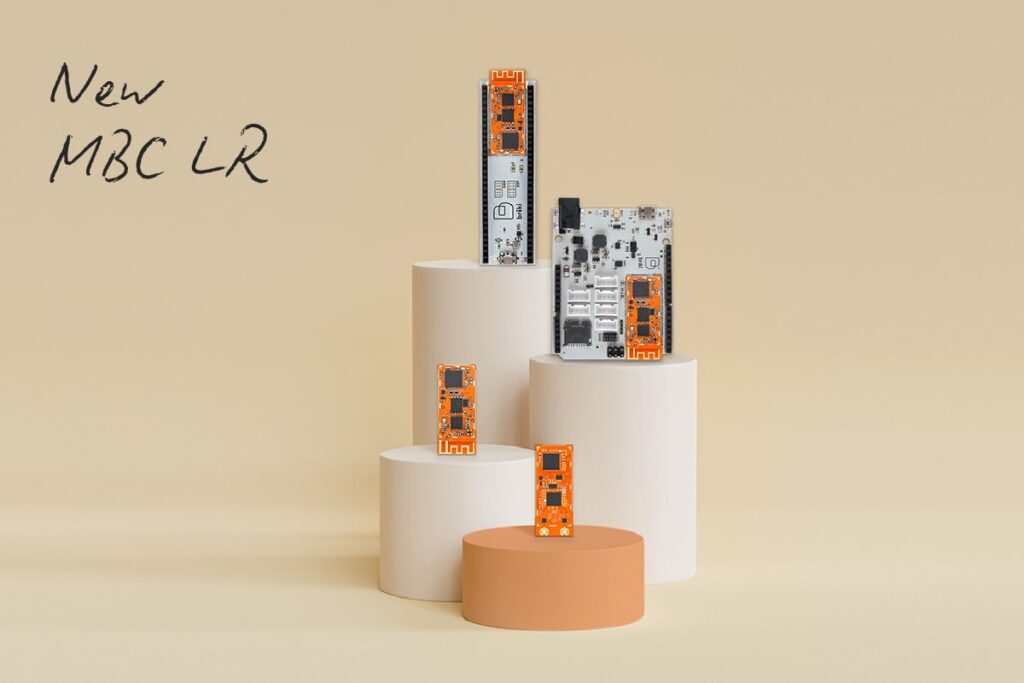One of the most significant technologies and communication protocols related to efficient Internet of Things (IoT) applications is the Long-Range technology, also known as the LoRa protocol.
Originally, LoRa was developed by Nicolas Sornin and Olivier Seller between 2009 and 2010. This transmission technology is based on the Chirp Spread Spectrum (CSS) modulation, a technique that uses wideband linear frequency modulated sinusoidal signals to encode the information. Chirp spread spectrum is ideal for applications requiring low power usage and needing relatively low data rates. LoRa focuses on five fundamental parameters for its proper functionality:
a) a specific physical layer
b) transmission power
c) spreading factor
d) bandwidth
e) code rate
LoRaWAN operates in the sub-gigahertz frequency bands and its specification varies from region to region because of regulatory requirement:
a) 867-869 MHz (Europe)
b) 902-928 MHz (North America)
c) 470-510 MHz (China) .
etc…
Generally, the LoRaWAN architecture consists of four basic layers:
- End Points are dedicated to sensory devices connected to the system.
- Gateways act as the data transmission mechanisms for each endpoint into other gateways, through cellular, ethernet, Wi-Fi, or satellite communications.
- Network Server acting as the main intelligence of the infrastructure, filtering the received data for its intended purpose and security verification.
- Application Server receives the data intended for the particular application use, once filtered by the Network Server.
LoRa incorporates important fundamental features, motivating its utility for IoT applications of different backgrounds. Apart from its long-range capabilities that were covered above, battery lifetime is considered an important factor for efficient systems. It is achieved through the asynchronous communication of the nodes, operating and consuming power only when they are required to transmit data to the endpoints and gateways. Including its high network capacity due to adaptive data-rate and multichannel multi-modem transceivers for optimized data transmission rates and simultaneous data received from several gateways.
Regarding security mechanisms, it utilizes network and application security through AES encryption and IEEE 802.15.4/2006 Annex B, for security and authentication, as well as NwkSKey (Network Session Key) and AppSKey (Application Session Key).
The impact of LoRa is significant in application fields, due to the provided robust and efficient features. Smart agriculture is highly improved with the deployment of sensors supporting wireless communications of 1 to 15 km distance, with low costs. Moreover, LoRa is also connected with Smart Energy Monitoring, or Smart Grids, by enabling data collection from vast areas and wireless communications for energy monitoring. Smart buildings are heavily relied upon by LoRa protocols for transferring information from installed sensors in the main administration related to smart lighting control, water, gas, or temperature monitoring, as well as smart energy consumption on crowded floors.
Taking into consideration the functionality and robustness of the LoRa protocol, Meteca and Briki would like to introduce to you the MBC-LR module, utilizing LoRa for Long Range and Low Energy applications, supporting all of the three main frequency bands and FSK modulation for the creation of proprietary protocols. More information about the particular module will be available soon.
For more information and questions on the world of IoT, please contact Meteca here.
